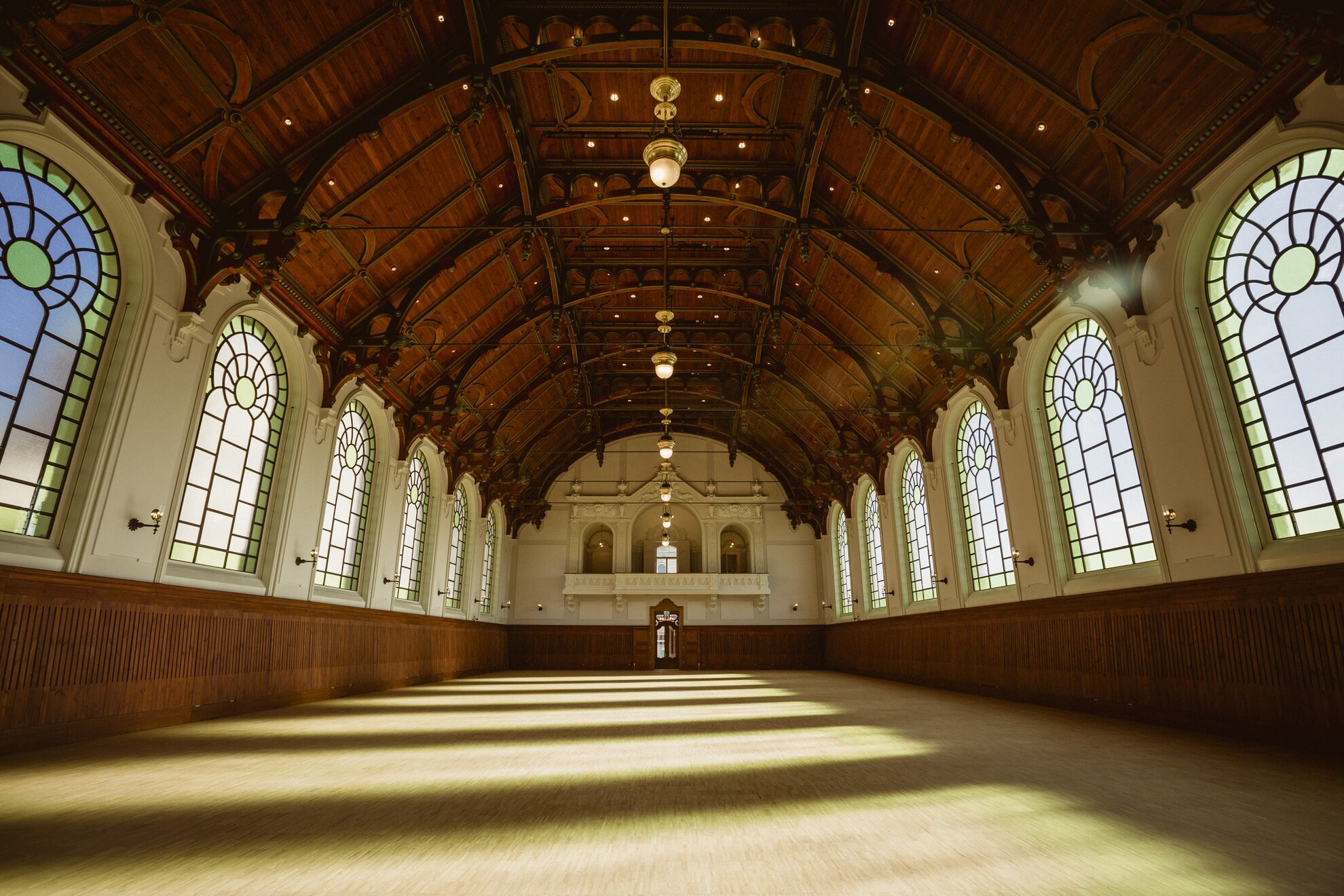The reconstruction of the former buildings around Buda Castle, some of them from scratch, is slowly coming to its conclusion. Today, a café, a restaurant and an exhibition can be seen at the Főőrség Palace, while in Buda Palace itself, St Stephen’s Hall now functions as a major tourist draw.
The largest project undertaken by Alajos Hauszmann was the expansion and reconstruction of Buda Castle and its surroundings. He was construction manager for 14 years, during which time Vienna did not make his task any easier, as he was hindered step by step.
Hungary’s greatest architect probably didn’t think that a world war and the ensuing dictatorship would ruin his many years of work, nor that its rebuilding would be the subject of such debate. More and more buildings are now open to the general public, the spaces filled with life and less and less historic decoration.
The connection between the Csikós Courtyard and the palace courtyard was another Hauszmann concept, the architect placing a complex interlinked with the palace: the Royal Riding School, the Főőrség Palace and the Stöckl Staircase. A ramp system was set up to facilitate access to the castle.
The riding school, reborn as a multifunctional
event space, was originally built in 1901, and did not suffer serious damage
during World War II, after which the authorities decided to dismantle it anyway.
The building, as well as the royal stables and carriage house, were instigated
by the Archduke Stephen, the last Palatine of Hungary, in the 19th century.
During the spring uprising of 1849, they suffered serious damage, before a new riding
school was built according to the plans of Alajos Hauszmann.

When Charles IV was crowned in 1916, a horse trained at the Viennese court was kept here, the one the new king sat on during the coronation ceremony. Until 1938, the riding school was used only by the royal court, and later by the Spanish riding school of the guard. Both the façade and the interior have been restored with this heritage in mind.
During the works, the Neo-Renaissance Stöckl Staircase, demolished in 1971, was also rebuilt. In the 19th century, it stood near the Stöckl, the collective name in Austria for outbuildings adjacent to castles. At Buda Castle, these were offices.



